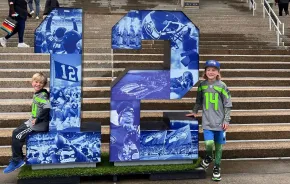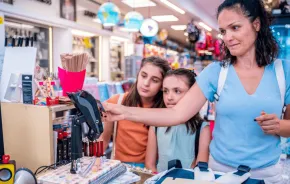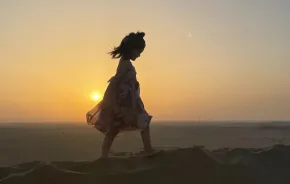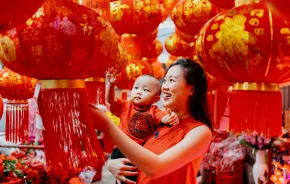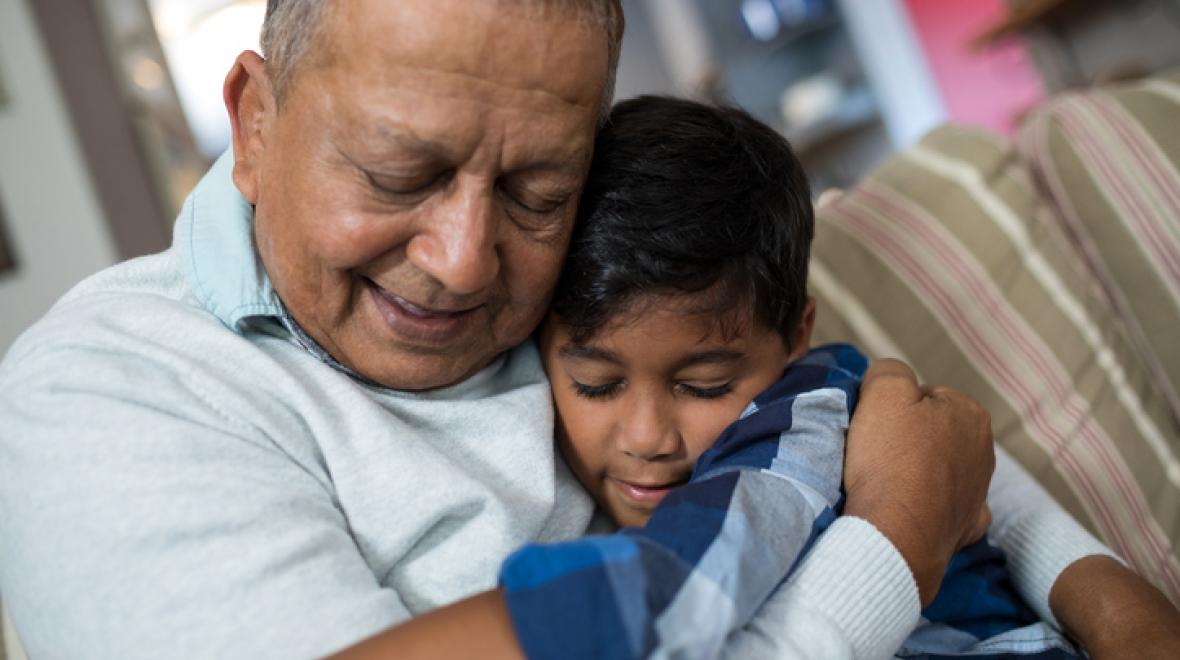
By the time my mom was my age, she was a thriving two-time divorcee who frequently traveled the world with an inseparable group of lady friends.
It wasn’t until she met my father that she decided to have children, a choice she made at age 37. And while my parents loved each other fiercely, their marriage, too, came to an end after 17 years. I was 14.
My husband’s parents are also divorced (he was in college). That means our children have two sets of divorced grandparents. Sound uncommon? It’s not.
Divorce and annulment rates in the United States doubled between 1962 and 1973, a.k.a. my childhood. Those numbers reached an all-time high in 1981 (5.3 divorces per 1,000 people). They’ve since declined to an estimated 3.1 to 4 divorces per 1,000 people.
While the rate of divorce has since declined — there are an estimated 3.1 to 4 divorces per 1,000 people — chances are good that divorce still shapes your family’s dynamics in the form of grandparents. And it can be a difficult reality to navigate.
I know that firsthand. In our family, there are currently six grandparent figures. We’ve mediated family get-togethers when there’s tension between exes, and frequently host multiple birthday dinners or holiday celebrations to accommodate all the grandmas, grandpas, gigis, nanas, papas and partners.
Still, having more people in the picture isn’t necessarily a bad thing. Personally, I love how my children get multifaceted relationships with several groups of adults. They connect individually with each person, have special places at all their homes and, in a way, get more family time thanks to all of the separate gatherings.
Having more people in the picture isn’t necessarily a bad thing.
“If children have a warm-loving bond with their biological and step-grandparents, the extra family members can be a value-added to the child's development and well-being,” says Dr. Wyatt Fisher, a licensed psychologist and couples counselor. “It can enrich their relationship community growing up.”
But beyond the emotional dynamics of so many grandparents, there are also the practical day-to-day details. For example: gifts.
Every one of my children’s six grandparents contributes presents to birthdays, holidays and just-because days. That’s a lot of toys. (And, yes, there have been duplicate gifts, which I’ll admit we’ve hidden from the other grandparents to avoid hurt feelings.)
One way parents can help alleviate this admittedly first-world problem is, Fisher says, to suggest grandparents purchase “their children family experiences together rather than more presents.”
As for my family, my 3-year-old daughter is at the stage where she questions everything. But of everything she’s questioned, not once has she asked about the nature of her diverse grandparents. She’s just excited to see so many people she loves.








